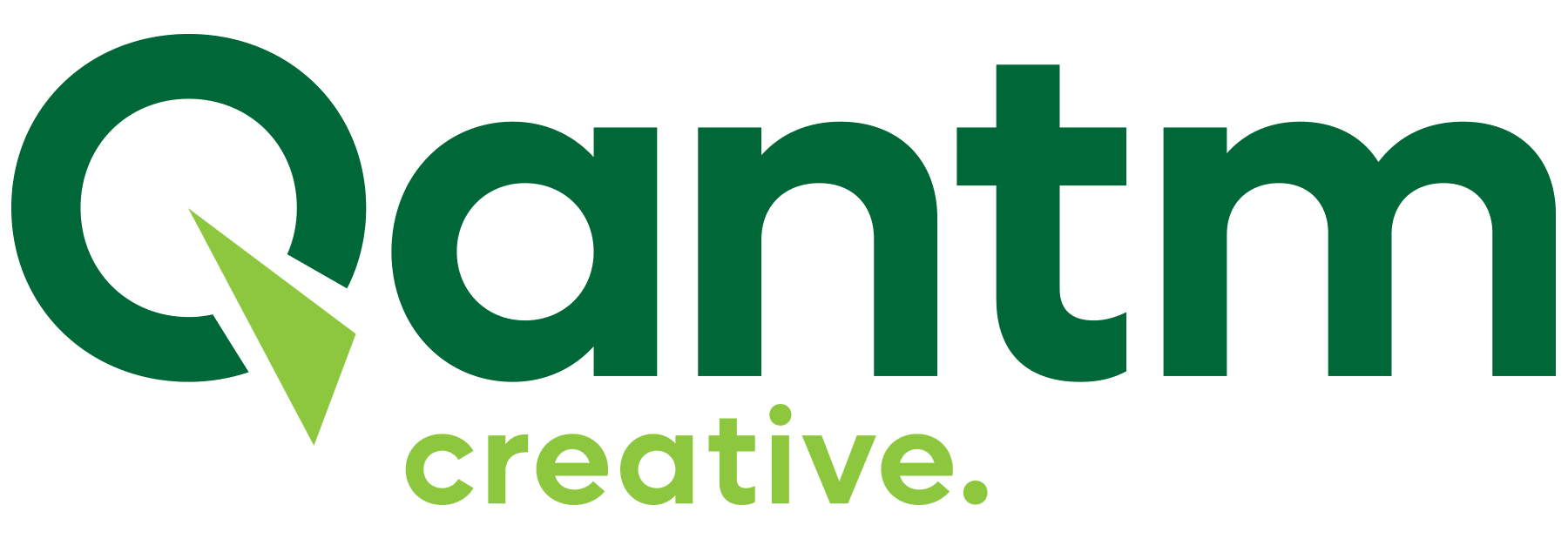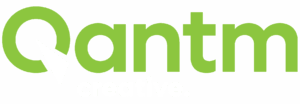Highlights:
- Learn key AI marketing hacks to avoid common mistakes and wasted spend.
- Discover how to keep your brand voice authentic while using AI tools.
- Use AI to improve ads, search visibility, and uncover data-driven insights.
Artificial Intelligence is reshaping how businesses build campaigns, reach customers, and measure success. But while AI tools open the door to efficiency, scale, and speed, there is a risk on both ends of the spectrum: using AI without strategy can erode authenticity and trust, while ignoring AI altogether can leave your brand lagging behind faster moving competitors.
This article distills the key lessons from our recent webinar, showing you how to safely and effectively integrate AI into your marketing stack.
How Not to Use AI
Do not publish AI text you haven’t reviewed and revised.
AI generated content is a starting point, not a finished product. Unedited output can sound generic or obviously machine written. Always humanize tone, tighten examples, and weave in your brand’s real world knowledge before publishing.
Verify before you trust.
AI responses can be incomplete, biased, or outdated. Cross check dates, statistics, and recommendations against multiple reputable sources before acting.
Keep prompts structured and focused.
Mixing multiple tasks into one chat session dilutes output quality. Break prompts into separate conversations or specify exactly what you want: audience, goal, length, tone, and format.
Use multiple models and tools.
Different models trade speed for nuance. For instance, the newest ChatGPT model acts like a strategist (slower but more context rich) while older versions are faster but less detailed. Match the model to the task.
Leverage AI inside platforms you already use.
Your current stack may already include AI features. Canva can analyze and optimize Meta ad creative. Zapier can automate workflows between apps. Jasper specializes in long form content; and Loom can instantly create SOPs from screen recordings. Turning these on can unlock hidden efficiencies without adding new software.
Maintaining Authenticity on Social Media
AI can scale your efforts, but it should not replace your human voice. To stay authentic:
- Set guardrails. Define your messaging pillars, brand tone, and “off limits” language. AI should enhance, not overwrite these boundaries.
- Use AI for scale, not soul. Create your core scripts, designs, and copy manually, then let AI version them for multiple platforms or influencer tiers.
- Speed up influencer discovery. Generate an initial list with AI, then apply your own expertise to vet relevance, location, and engagement.
- Time campaigns strategically. Ask AI to scan competitor content or trending topics to identify the best moment to launch, ensuring your campaign feels timely, not forced.
Pro Tip: Feed AI your own posts, website, and brand guidelines first. This helps it replicate your voice and drastically reduces editing time later.
Showing Up in AI Search (AEO/GEO)
Search is shifting from ten blue links to AI Overviews and conversational engines like ChatGPT, Gemini, and Perplexity. In a zero click world, fewer people visit your website directly but your brand can still show up at the top of their decision making funnel if you optimize for AI search.
Here’s how:
- Invest in Digital PR. Mentions in trusted outlets, reputable blogs, and awards pages dramatically increase your odds of being cited in AI results even if your page is not ranking number one in traditional search.
- Maintain a steady reputation. Outdated reviews or stale articles can define your brand if you are not proactive. Keep fresh, positive coverage flowing.
- Make content quotable. Lead your articles and landing pages with short, clear answers and bulleted highlights that AI can lift directly into overviews.
- Pitch newsworthy stories. Data driven or survey based insights are more appealing to journalists and to AI engines looking for authoritative sources.
This is called Generative Engine Optimization (GEO) or Answer Engine Optimization (AEO), and it is no longer optional. Done right, it can level the playing field, allowing smaller brands to compete with bigger names by being cited early in the AI conversation.
Using AI to Supercharge Google Ads
Paid search and social ads benefit enormously from AI powered auditing and keyword clustering:
- Audit landing pages with AI. Identify key themes, content gaps, and overlapping topics. Then align ad groups to the best landing page for each user intent.
- Cluster keywords by intent. Grouping similar queries into tightly themed ad groups improves ad relevance, Quality Scores, and CTRs while reducing wasted spend.
- Generate ad copy variations. Use AI to create multiple headlines, descriptions, and CTAs for each intent cluster; then A/B test to see what sticks.
- Mine your own data. Ask AI to extract new keyword ideas directly from your existing landing pages; then research search volume and CPC to plan budgets.
This approach builds a leaner, more coherent ad account structure that resonates with both users and platforms.
Finding Hidden Insights in Your Reports
AI is not just for creating content. It is also a powerful second set of eyes on your data:
- Upload raw data (CSV or PDF). Ask AI to surface trends, anomalies, and plain English summaries you can share with stakeholders.
- Provide context. Budget changes, seasonality, and campaign shifts must be included in your prompt; otherwise you will get misleading analysis.
- Hypothesis and prep. Ask AI to “role play your CEO” to anticipate tough questions before your next meeting.
- Always verify. Use AI for hypotheses and draft insights, but cross check the raw numbers before making decisions.
This saves hours of manual analysis and helps you look more prepared, more insightful, and more strategic in every presentation.
Quick Start Prompts to Copy and Paste
- Voice & Editing: “Rewrite this paragraph in a confident, conversational tone for B2B buyers. Keep the core claim and add a proof point.”
- Influencer Discovery: “List 20 micro influencers in [city/region] who post about [topic]. Include handle, why they fit, and average views from the last 10 posts.”
- Trend Scan: “Analyze the last 30 days of posts from these 15 competitors. What themes, formats, and hooks are trending? Summarize in bullets.”
- AEO/GEO Formatting: “From this article draft, create a 2–3 sentence TL;DR answer and 5 bullet highlights optimized for AI Overviews.”
- Paid Ads Alignment: “Review these two URLs. List key themes per page and any overlap that could confuse Google Ads relevance.”
- Reporting Insight: “Find 5 non-obvious trends in this report. For each, give a likely cause, a test to validate, and the metric to watch next month.”
Action Checklist
- Pick one pilot project this month such as digital PR outreach, keyword clustering, or AI assisted reporting.
- Template your prompts into an internal SOP so the team can reuse what works.
- Make content quotable. Add bullet points at the top of posts to boost AI citations.
- Tighten ad relevance. Map each intent to its own ad group and landing page.
- Trust but verify. Every AI output gets a human check before publishing.
Final Word
Used strategically, AI accelerates your marketing. It helps you create authentic content faster, optimize campaigns with precision, and uncover insights hidden in your data. The real magic happens when you combine human expertise with AI’s speed and pattern spotting. Brands that master this balance will win visibility, efficiency, and customer trust in an AI driven landscape.




